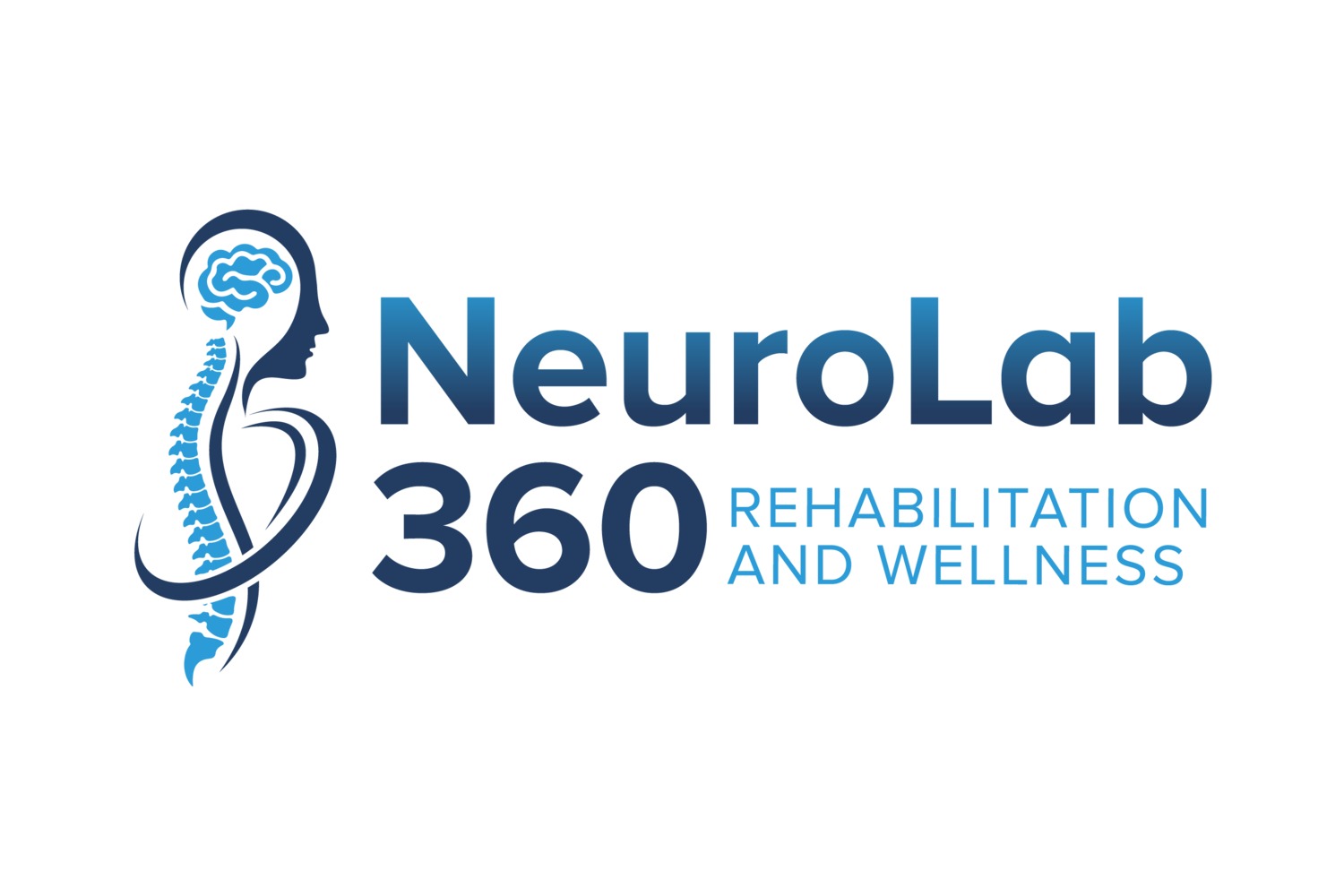Flexibility Training for Individuals with Parkinson’s Disease: Research Based Prescription
When thinking about the characteristics of Parkinson’s Disease, a forward stooped posture might come to mind. However, that does not have to be the case! Flexibility training is an important component in an exercise program for people with Parkinson’s Disease to help prevent forward stooped posture, but there are many other benefits as well! In this blog post, we will discuss the research surrounding flexibility training and Parkinson’s Disease and discuss how to implement a flexibility training program.
Parkinson’s Disease can affect the resting tone of muscles and lead to increased muscle tightness, rigidity, and dystonia. Rigidity refers to muscle stiffness that can occur in the arms, legs, or trunk on one or both sides of the body. Dystonia refers to painful, prolonged muscle contractions that cause abnormal movements and posture. Parkinson’s Disease causes a net inhibition of the extensor muscles which leads to over-activation of the flexor muscles. When the flexor muscles (such as the chest, fronts of the hips, backs of the knees etc) become over-active, it can pull us into a forward stooped posture where the shoulders are forward and rounded, the trunk is flexed forwards, the head is looking down towards the ground, and the knees are bent. It is important for everyone with Parkinson’s Disease to perform exercises that focus on maintaining flexibility.
Flexibility training has many benefits such as:
Improving muscle length and joint range of motion
Reducing pain
Reducing rigidity and dystonia
Improving upright posture
Improving lung function and volume
Reducing risk for injury
Reducing stress and anxiety
Posture and Balance:
Along with these benefits we just listed, another major benefit is that performing flexibility training to help prevent forward stooped posture can also help improve balance and reduce fall risk! Let’s discuss some of the research on balance and posture.
In 2005, Jacobs et al examined whether or not stooped posture could help explain why people with Parkinson’s Disease have multidirectional postural instability. This study examined data including EMG (muscle activation) as well as forces and joint angles of individuals with PD and stooped posture compared to healthy controls in response to perturbations (just like the pull test that is performed by your neurologist when they pull you backwards). They found that the subjects with stooped posture had a smaller size and slower speed in terms of their reaction to the perturbations meaning they had a smaller stability margin and more trouble recovering their balance. They found that although stooped posture doesn’t fully account for postural instability in Parkinson’s Disease, it does seem to contribute to the postural instability. They concluded that stooped posture is in fact a destabilizing posture.
This graph shows the center of pressure displacement for individuals with Parkinson’s Disease (red), individuals without PD but with stooped posture (green) and individuals without PD or stooped posture. It shows how people with PD have less center of pressure displacement in response to a perturbation and a smaller stability margin. This demonstrates why it is harder for someone with PD to recover their balance.
Another study conducted by Colebatch et al in 2018 examined the role that rigidity plays in balance reactions in individuals with Parkinson’s Disease. They found that individuals with PD did in fact have increased resting tone in their muscles meaning their muscles are tighter and not as “relaxed”. Their results showed that this increase in resting muscle tone found in PD was correlated with less successful balance reactions and an increased risk for falls.
Exercise Prescription:
Flexibility training can help to address the increase in resting muscle tone and the postural deficits that are often seen in Parkinson’s Disease. It is recommended that individuals with Parkinson’s Disease perform some form of flexibility training every day to get the most benefit. There are two forms of stretching that are recommended:
Static stretching means staying in one position to stretch a muscle group. Static stretching should be performed in the morning or at night and it is helpful to perform static stretching after exercising. Stretching should be performed for all major muscle groups with an emphasis on the chest muscles, hamstrings, and hip flexors. Each stretch should be held for at least one minute total but this can be broken into two sets of 30 seconds or whatever works best for you!
Dynamic stretching means you are stretching while moving your body so you are moving in and out of the stretch. Dynamic stretching is great to perform prior to exercising to warm up the body.
While there are so many different ways to perform flexibility training, one of our favorite ways is through PWR! Moves. “Prepare” is a term used in PWR! Moves where the exercises are performed slowly to focus more on targeting rigidity rather than quickly to target bradykinesia.
For more ideas on how to incorporate flexibility training, try joining one of our group classes and please reach out to us if you have any questions! If you’re reading this in a forward stooped posture, here is your reminder to sit/stand up tall! :)
Sources:
Colebatch et al, 2019. Responses to anterior and posterior perturbations in Parkinson’s disease with early postural instability: Role of axial and limb rigidity. Experimental Brain Research 237: 1853-1867.
Jacobs et al, 2005. Can stooped posture explain multidirectional postural instability in patient’s with Parkinson’s disease. Experimental Brain Research 166(1): 78-88.


